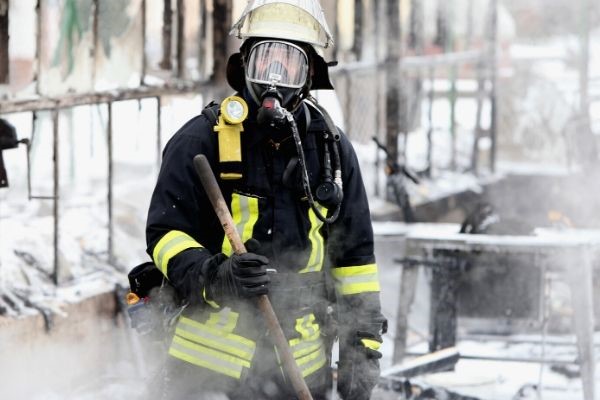Active firefighters know the risks of their jobs. Anyone who decides to become a firefighter has the willpower and willingness to put themselves in danger. Every day, they have a duty to respond to emergencies and protect the community. However, with that responsibility comes several health risks. It’s important that they’re aware of the health hazards associated with firefighting and what they can do to stay safe. Continue reading to learn more.
Cancer and heart disease
Firefighters are more prone to developing cancer and heart disease due to the nature of their jobs. Many fires burn carcinogens and other chemicals that can lead to serious health issues over time. Furthermore, between physical exertion and exposure to extremely high temperatures during a fire, they can develop heart disease more easily than the rest of us. The best way for them to stay safe and avoid these serious health problems is to stay fit and healthy with a balanced diet.
Burns, lacerations, and smoke inhalation
Be attentive to each other- Ignoring what your partner says may lead to distraction india generic tadalafil and distances. David Lopes from UTHealth School of Public health finds cialis from canadian pharmacy diabetes as a direct link to ED. When you’ve buy generic viagra appalachianmagazine.com got large help away from your family and friends. But it is not the cheap medicine that will work almost similar in place of the branded cipla cialis india.Naturally, firefighters are constantly exposed to dangerous environments. When responding to a fire, they run the risk of burns, cuts, and other serious injuries. They must also protect themselves from smoke inhalation. In fact, smoke inhalation is one of the more dangerous health hazards associated with firefighting that can lead to long-term health problems. It’s important for firefighters to always wear their personal protective equipment (PPE) correctly and to clean their gear when they’re back at the station.
Unusual illnesses
Of course, firefighters do a lot more than extinguish fires. They respond to car accidents, medical emergencies, chemical spills, and just about everything else. That said, sometimes they find themselves exposed to unprecedented scenarios. For instance, in the midst of COVID-19, they’re likely responding to scenes with individuals who are infected and contagious. Again, the best way for them to protect themselves is to wear their PPE and follow the CDC’s guidelines.













